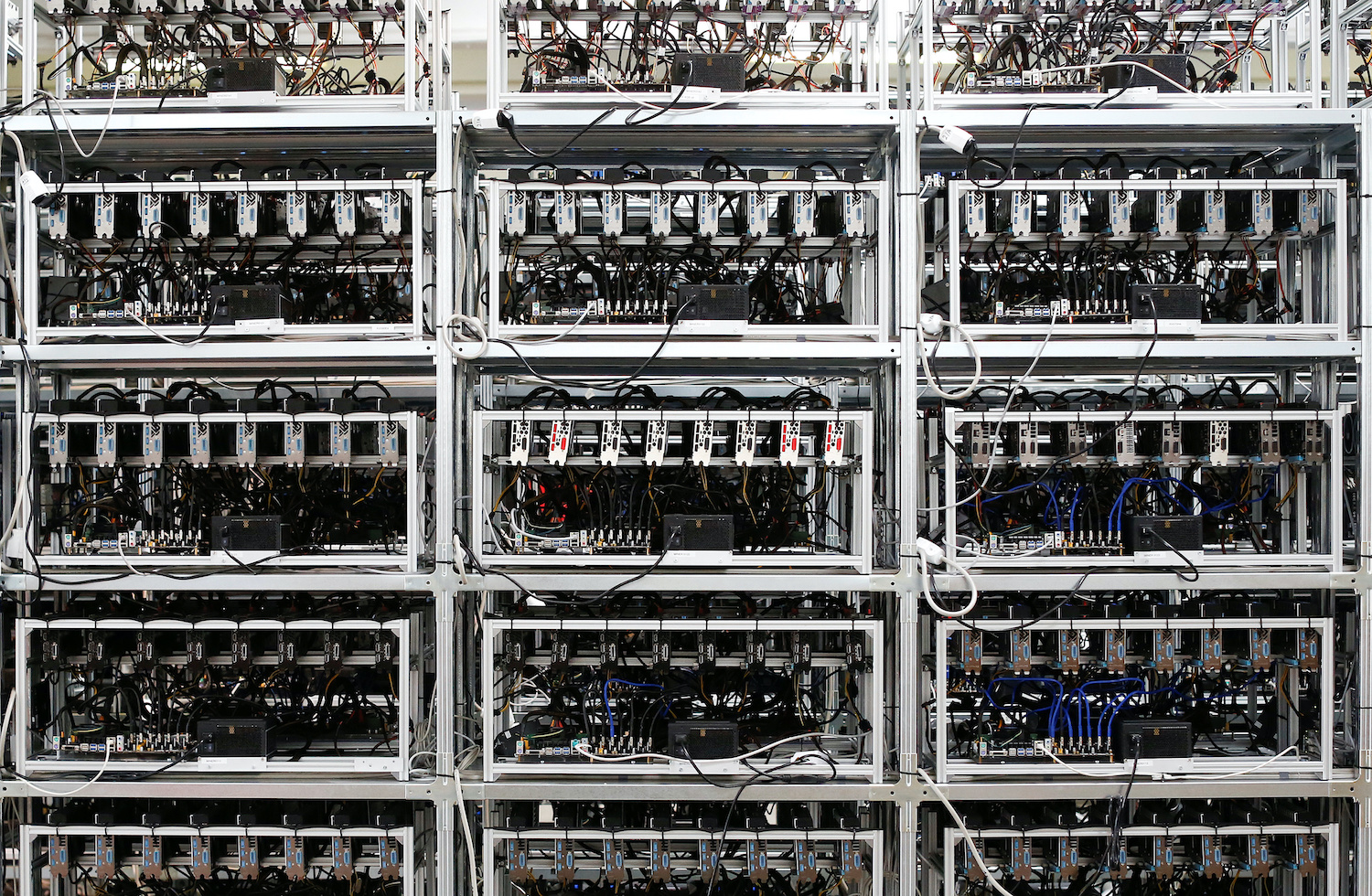As an emissions crisis swirls around bitcoin, the creator of a new low-energy virtual coin says mining and volatility may not be the only headwinds facing the digicurrency poster child
(AF) While the cryptocurrency boom has attracted fans globally, energy-intensive mining has come as an unwelcome addition to the already carbon-polluting impact of the digital sector.
Bitcoin mining uses the same amount of energy per year as the Netherlands used in 2019 – a fact that caused Elon Musk to withdraw the digicoin as a payment option for Tesla in May. Musk wrote that: “Cryptocurrency is a good idea… but this cannot come at great cost to the environment.”
China is currently the focus of mining concern; four fifths of all such operations are located there. As the miners have been hounded out of jurisdictions they’ve holed up in ever remoter areas in a bid to avoid detection. Chinese authorities have been clamping down hard, unearthing recent operations in faraway Xinjiang and Yunnan.
Read also: What can be done about Bitcoin’s carbon footprint?

Despite growing disquiet, new cryptocurrencies are being launched seemingly every day, and the list of companies that accept payment via cryptocurrency is growing. So where there’s a toss-up between environmental degradation and digital currency innovation, can the climate-aware use cryptocurrencies with a clean conscience? And is there a way to harness the benefits of cryptocurrencies while reducing their carbon footprint?
Richard Dennis, CEO of Temtum, spent four years as a PhD student of blockchain technology searching for answers to these questions. He identified four fundamental problems with traditional blockchain technology: speed, security, scalability, and sustainability – and went on to launch his digital currency, Temtum, as a solution to these issues.
Dennis explains that the International Monetary Fund (IMF) has rejected the use of bitcoin as a digital currency in countries such as El Salvador due to issues around security, energy consumption, scalability and visibility of the network “because right now, anybody can use bitcoin, you can launder money through it”.
“It’s very slow, it’s very expensive, it doesn’t solve any issues,” he tells Asia Financial.
Carbon footprint
With Temtum, Dennis found a way to address these problems.
“Bitcoin does seven transactions a second, we do 120,000 transactions per second. Temtum uses the energy equivalent of two US households in a year, and this consumption never increases.”
The carbon impact of bitcoin, however, has been growing exponentially over the last couple of years.
Also on AF: China’s crypto miners’ exodus underway as Beijing pulls the plug
“The growth of bitcoin’s energy consumption is insane,” Dennis warns. “It’s growing too much, and that’s a real concern, especially when you look at Africa – they don’t have the electricity to be able to power this stuff, much less to run it as a payment system.”
And it’s not just energy consumption that poses a problem to bitcoin’s potential value as a digital currency. Bitcoin miners have typically been concentrated in specific geographic regions.
 China had been a major hotspot for energy-intensive bitcoin mining until recently when the government cracked down on the operations, forcing miners to relocate to countries with more favourable cryptocurrency policies.
China had been a major hotspot for energy-intensive bitcoin mining until recently when the government cracked down on the operations, forcing miners to relocate to countries with more favourable cryptocurrency policies.
“Everybody likes to say bitcoin’s decentralised, but it’s not,” says Dennis. “You don’t want a digital currency that’s centralised with miners in China, there’s also the control of the bitcoin coders – which are only a handful of people.
“And what you find with governments is that they want control of their part of the network, and they may not want the data to leave the country – with bitcoin you just can’t do that.
“So for regulatory reasons, it will never be adopted globally – so cryptocurrencies are not a currency, they’re a speculative investment,” Dennis explains.
Underlying technology
His solution was to create a digital currency with a new underlying technological foundation that has “nothing in common with traditional cryptocurrencies right now”. Most virtual assets are clones of the same technology, “nothing changes, bitcoin’s blockchain is pretty much the same as everyone else’s cryptocurrency. You can change the variables, but you’re not changing the technology,” Dennis says.
“Right now, every blockchain will grow with use, because it stores every transaction that happens,” he says. “That’s a problem when you’ve got blockchain that’s over 300 gigabytes and growing in size and it can only do seven transactions a second.
“If you were trying to run a national currency on bitcoin’s blockchain, you’d need a year-on-year increase of about 20 terabytes of data. There are only a few countries that can run that kind of tech, and it’s expensive and energy-intensive,” explains Dennis.
To solve scalability issues, Temtum only stores 30 days of data “so by keeping only the recent transactions on the blockchain, not only do you keep your account alive, but you leave data behind that’s useless”.
Bitcoin’s blockchain also poses major security issues – contrary to what many people believe about the security of blockchain.
According to Dennis, it uses cryptography that’s 20 years out of date.
“Not only are vulnerabilities being found with the cryptography today but with the advent of quantum computing, within the next five years, there’s a real danger that control can be broken in a matter of minutes.”
NIST consideration
Temtum’s cryptography is in the running for approval via the National Institute of Science and Technology (NIST) in the US, which creates cryptography standards. “We’re aiming to show that the Temtum cryptography will be safe for the next 20-100 years – throughout the quantum computing industry and the revolution that will bring.”
Dennis’ solution to both blockchain’s security and energy issues, is to remove the mining algorithm altogether. Through proper cryptography and true randomness, he says, the Temtum consensus algorithm can obtain consensus for the energy cost of two US households annually – a statistic that won’t increase over time.
“Mining is a terrible solution – there is no need for it at all – the confirmation of a node to confirm a block can be achieved in so many smarter ways that are not only more energy-efficient but also more secure,” says Dennis.
And governments seem to agree – two have already signed on to a pilot project for a digital currency using Temtum technology. Dennis believes it can provide the transparency needed to help countries attract investment, in areas where international investors would presently not dare tread due to major corruption and money laundering fears.
“What central bank digital currencies can do is bring a visibility aspect to the network. Every transaction is monitored; it’s a lot quicker and more secure – that’s the reason higher powers almost require this to know they can invest and resuscitate the economy,” explains Dennis.
“With technology like Temtum, you can track where the money goes, make sure it’s getting to the right people, and that 10% isn’t being taken off the top.”
The path to reducing cryptocurrencies’ carbon impact may not be about transforming existing products, but about which emerging technologies will eliminate the problem.
























